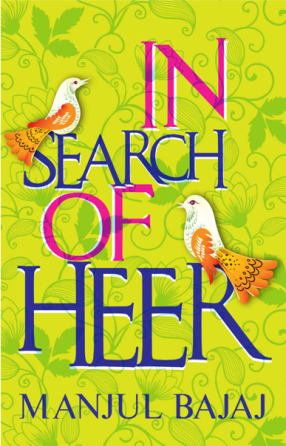
Title: In Search of Heer
Author: Manjul Bajaj
Publisher: Tranquebar Press, 2019
Manjul Bajaj’s In Search of Heer is a retelling of the historical tale of Heer Syal and Deedho Ranjha, the star-crossed lovers from Punjab. In her poignant narration, Bajaj manages to highlight some unknown aspects of the centuries old epic love story and leaves a reader content after reading what is otherwise, a sad story.
Before becoming a writer, Manjul Bajaj worked in the field of environment and rural development. Both her previous works, Come, Before Evening Falls and Another Man’s Wife were shortlisted for Hindu Literary Prize. She has also written two books for children.
We are in the year 2020 and yet the sheer number of cases of honour killing, especially in South Asian countries is horrifying. While the debate of who is to be blamed for this remains, the end result barely has altered since centuries. Taking the case of Heer Syal from the epic love story of Heer-Ranjha — she was supposedly killed by her own brothers for having fallen in love with Ranjha after both of them had decided to elope due to opposition from their families. Unbeknownst to them, death followed them to the end. Eventually they were united in death. Sadly, if you were to look at any of the honour killing cases since time immemorial, the story doesn’t differ at all. The fate of the lovers from different backgrounds remains the same to date. Centuries later today, when we are redefining love in various ways, one wonders how long will it take for such killings to stop.
Read the full review on Kitaab.